
Appreciating Koji Pottery
-
1National Treasures in Temple Decoration Art
-
2Craftsmanship of Earth and Fire
-
3Recreating Past Splendor
Scientific Testing
-
4Microscopic World of Artifacts
-
5Mysteries of Visible and Invisible Light
-
6X-Ray Superpowers
-
7Ultraviolet Light Magic
-
8Identifying Artifact Compositions
The Mystery of Glass Beads
-
9Marvelous Journey of Archeology
-
10From Glass "Columns" to Glass "Beads"
-
11Fashionable Artifacts Across Millennia
What's Next for Ancient Artifacts and New Technology
-
12What's Next for Ancient Artifacts and New Technology
Do you have a special collection you really cherish? Maybe it's shiny marbles or a birthday gift full of fond memories. No matter its value, there is a story between you and it. Artifacts are like humanity's shared treasures. They show us the history of the past and cultural memories, open our inner feelings, or guide us to understand important scientific discoveries and inventions that changed our lives. Artifacts are so important to us that we want to know more about them and preserve them for a long time.
As time goes by, all stories are sealed in artifacts. To understand the messages of artifacts, we need a key to unlock them, which is called "scientific analysis." It presents evidence at a microscopic level, helping us explore human development and changes over time. Just like people, artifacts age and can even "get sick." That's why they need regular health checkups too! But did you know? Checking the health of artifacts is remarkably similar to how we do our own health checkups? Both include external analysis, internal analysis, and composition analysis.
We don't just use our eyes to observe. We can also use scientific tools like microscopes to take a closer look at the surface, patterns, and cracks of artifacts. Through these instruments, we can further understand the internal structure and elemental composition of artifacts, helping us speculate about their possible manufacturing processes and origins. Using these scientific tools and techniques makes it easier for us to fix, save, and understand old artifacts. Plus, we can do it more precisely and faster! Now, let's travel back thousands of years, from ancient glass beads to the delicate craftsmanship of the Ye Wang's Koji pottery. We'll learn how to use scientific tools to uncover the secrets of artifacts' structure, materials, and crafting methods, and find ways to protect these cultural treasures, keeping the splendor of history alive forever.External Analysis
-

Naked Eye Observation
We use our eyes to look at artifacts very carefully, checking their appearance, color, shape, and details to see whether they're damaged. But our eyes can only see things as small as 100 micrometers. -
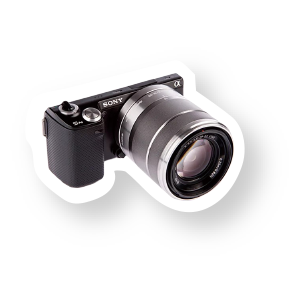
Cameras
We use cameras to take pictures of artifacts. This helps us remember how they look now and see where they're damaged. We use these pictures to figure out how to fix them later. -
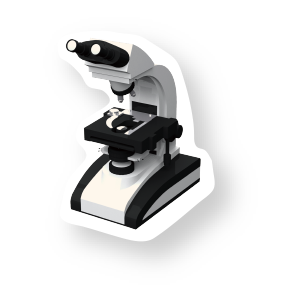
Optical Microscope
This microscope helps us see very tiny things, even as small as 1 micron. We use it to look at the surface of artifacts and see if there's anything stuck to them. It also helps us understand how artifacts were made. -
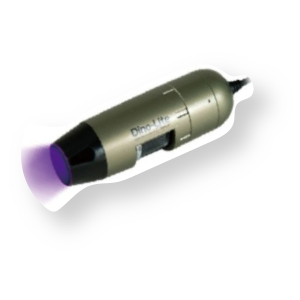
Handheld UV Light Microscope
When we shine a special light called ultraviolet (UV) light on artifacts, some colors or materials on them glow. This helps us know what they're made of. It also shows us whether there are any tiny dirty things or germs on them, like mold, so we can see whether the artifacts are safe.
Composition Analysis
-
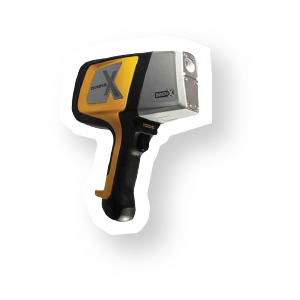
X-Ray Fluorescent Analyzer (XRF)
This machine helps us figure out what artifacts are made of. When we shine X-rays on them, different parts of the artifacts give off different kinds of light. By looking at this light, we can tell what the artifacts are made of. -
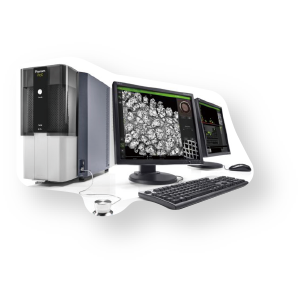
Scanning Electron Microscopy / Energy Dispersive Spectroscopy (SEM-EDS)
Scanning Electron Microscope (SEM) is often used together with Energy Dispersive Spectroscopy (EDS). First, we use SEM to look at a specific area of the object closely. Then, through EDS, we can see the energy spectrum and understand what elements are in that area.
Internal Analysis
-
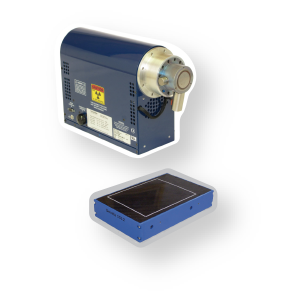
X-ray Imaging
X-rays can penetrate through things very well and be used to take pictures of the insides of objects. Because different materials block X-rays differently, when X-rays pass through different parts of the artifact, they create light and dark images on a special board. This helps us understand the material and structure inside the object.